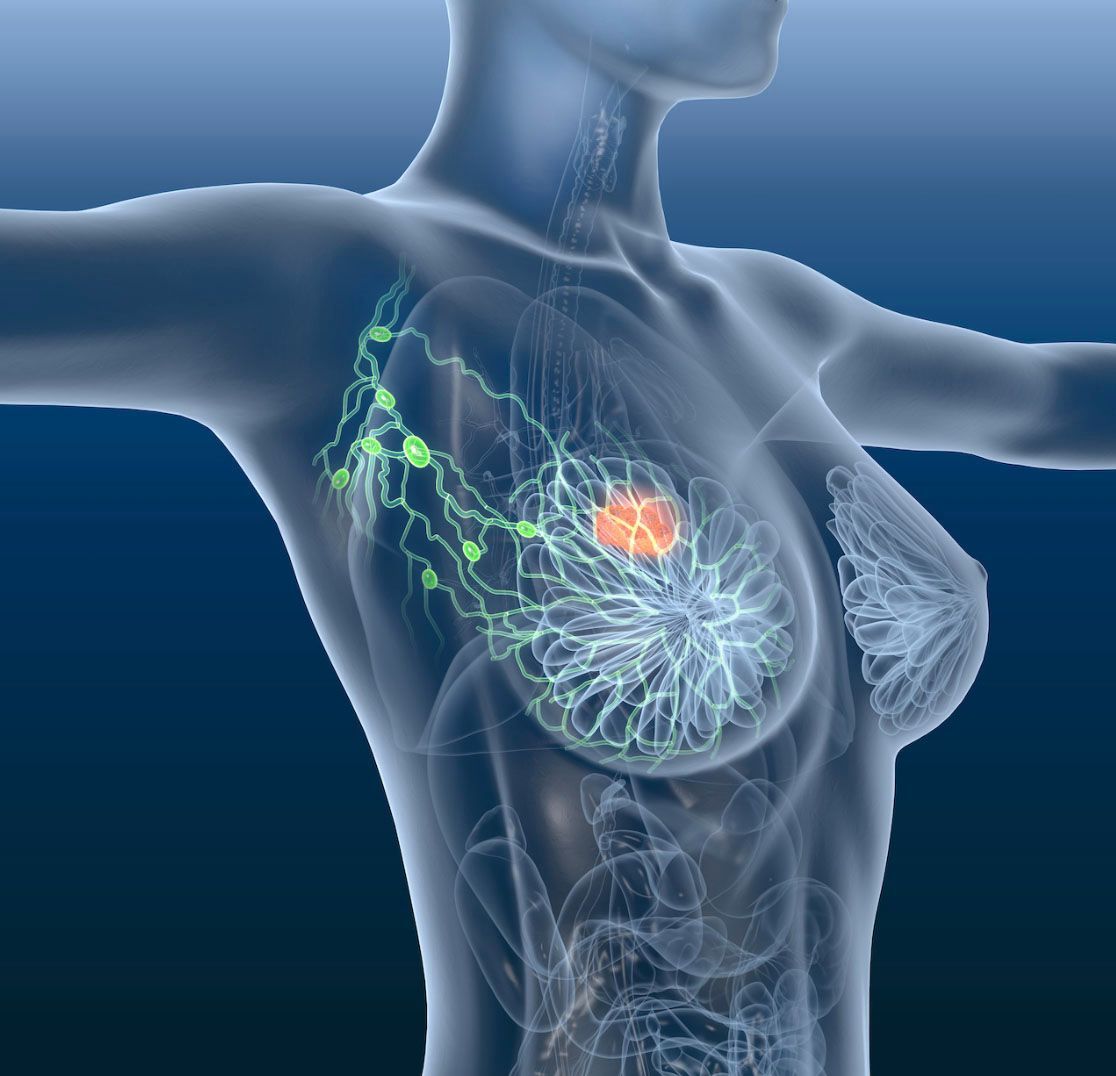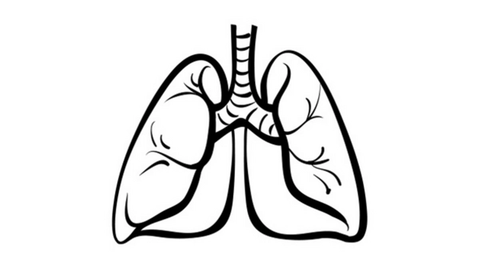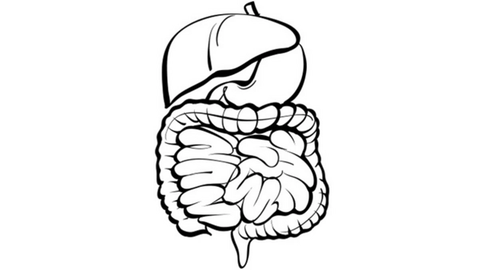Triplet Regimen of Trastuzumab, Pertuzumab, and Paclitaxel Improves pCR, Survival in HER2+ Breast Cancer
Adding paclitaxel to the combination of trastuzumab and pertuzumab was associated with pathologic complete response and invasive disease-free survival in patients with HER2-positive breast cancer compared with the doublet alone.

Adding paclitaxel to the combination of trastuzumab (Herceptin) and pertuzumab (Perjeta) was associated with pathologic complete response (pCR) and invasive disease-free survival (iDFS) in patients with HER2-positive breast cancer compared with the doublet alone, according to translational analysis of the ADAPT trial (NCT01817452). The pCR for the triplet regimen (arm B) was 78.6% compared with 24.4% for the doublet regimen (arm A), according to a presentation made during the ESMO Breast Cancer Virtual Congress 2021, held virtually in May. RNA expression data were available for 117 patients.
For the combined analysis of arms A and B, investigators found that estrogen receptor (ER) signaling and ERBB2 signatures were favorable for achieving a pCR, whereas PTEN signature was determined to be unfavorable. An analysis of arm A only, the neoadjuvant chemotherapy–free arm, indicated that ER signaling, ERBB2, and FOXA1 signatures were favorable for achieving pCR, whereas BRCAness signature was unfavorable.
Moreover, at a median follow-up of 60 months, a total of 13 iDFS events were observed; 11 were in arm A and 2 were in arm B. No iDFS events occurred after achieving a pCR.
Results from the combined analysis of the 2 arms indicated that immune-related signatures such as TIS, cytotoxic cells, cytotoxicity, macrophages, MHC2, PD-1, and IDO1, as well as ER signaling signature, were favorable for a better iDFS. For the arm A–only analysis, additional immune-related signatures—such as APM, CD8+ T cells, interferon (IFN) γ, inflammatory cytokines, PD-L1, PD-L2, and regulatory T cells—were favorable for a better iDFS, but BRCAness signature was not.
“Activation of immune-related genes and pathways appears to be associated with improved iDFS in the entire cohort as well as the neoadjuvant chemotherapy–free arm A,” Monika Graeser, MD, of the University of Medical Center Hamburg, Germany, said in a presentation on the data. “Patients with upregulated immune-related gene signatures in their tumors could be candidates for deescalation concepts in HER2-positive early breast cancer.”
HER2 is amplified and overexpressed in approximately 20% of all patients with breast cancer. Over the past 2 decades, the prognosis for patients with early-stage, HER2-positive breast cancer has significantly improved with the advent of HER2-targeted therapies. However, many patients are still overtreated with toxic chemotherapy regimens, according to Graeser. Robust prognostic and predictive biomarkers are needed to establish new deescalation or escalation strategies for this population, she said.
In the phase 2 ADAPT deescalation trial, investigators examined the added value of paclitaxel to dual blockade with 2 anti-HER2 agents: trastuzumab and pertuzumab. Patients needed to have HER2-positive, estrogen receptornegative and progesterone receptor–negative disease; in addition, they need to have an ECOG performance status of 0 or 1 or a Karnofsky performance score of 80% or higher. Patients with metastatic disease were not eligible.
A total of 134 patients were randomized in a 5:2 fashion; of these patients, 92 received trastuzumab plus pertuzumab alone and 42 received trastuzumab, pertuzumab, and paclitaxel. Trastuzumab was given every 3 weeks, starting at 8 mg/kg and deescalated to 6 mg/kg; pertuzumab was also given every 3 weeks, starting at 840 mg down to 420 mg; and paclitaxel was given at a once-weekly dose of 80 mg/m2.
Treatment was given for 12 weeks, and surgery was performed within 3 weeks of completion. Adjuvant therapy was applied according to national guidelines, but chemotherapy could be omitted per investigator discretion.
The key end points of the trial included pCR, disease-free survival, overall survival, and safety. Investigators also conducted translational research, and data from these efforts were reported during the meeting. With this analysis, the goal was to identify the association of RNA expression signatures and stromal tumor-infiltrating lymphocytes (sTILs) measured at baseline and at 3 weeks with pCR and iDFS.
“Signatures were standardized, and hazard ratios were calculated for pCR and iDFS by logistic and Cox regression,” Graeser said. “In addition, we calculated Spearman correlations for gene expression signatures and sTIL at baseline and at 3 weeks. These calculations were performed combined for both arms [arms A and B] and for the neoadjuvant chemotherapy–free arm [arm A] separately.”
Investigators performed Spearman correlations within RNA expression signatures that were significantly associated with pCR and/ or iDFS. Immune-related signatures formed a separate cluster, according to Graeser. ERBB2, BRCAness, and FOXA1 signatures were not correlated with immune-related signatures. Moreover, ER signaling and PTEN signature were not found to correlate with other signatures; they were independent markers, Graeser noted.
Correlations within RNA expression signatures and sTILs were also examined, at baseline (n = 119) and at week 3 (n = 76). No significant correlation was observed between sTILs—at baseline, week 3, or at the delta of the 2—and pCR and iDFS.
“However, we could see that baseline sTILs correlated with immune-related gene signatures,” Graeser said. “As such, we postulate that immune-related gene signatures can augment morphological data from sTILs regarding immune processes and outcome estimation.”
The investigators projected that multiplex immunohistochemistry could potentially play a key role in examining immune cells in the future.
The neoadjuvant chemotherapy–free concept of combining immunotherapy with dual HER2 blockade in patients with HER2-positive or HER2-enriched tumors is under examination in the phase 2 Keyriched-1 trial (NCT03988036), where investigators also will focus on examining immune activation.
Reference:
1. Graeser M, Gluz O, Biehl C, et al. Impact of RNA expression signatures and tumor infi ltrating lymphocytes (TILs) for pathological complete response (pCR) and survival after 12 week deescalated neoadjuvant pertuzumab + trastuzumab +/– paclitaxel in the WSG-ADAPT HER2+/HR- ADAPT trial. Ann Oncol. 2021;32(suppl 2):S48. doi:10.1016/j.annonc.2021.03.215














